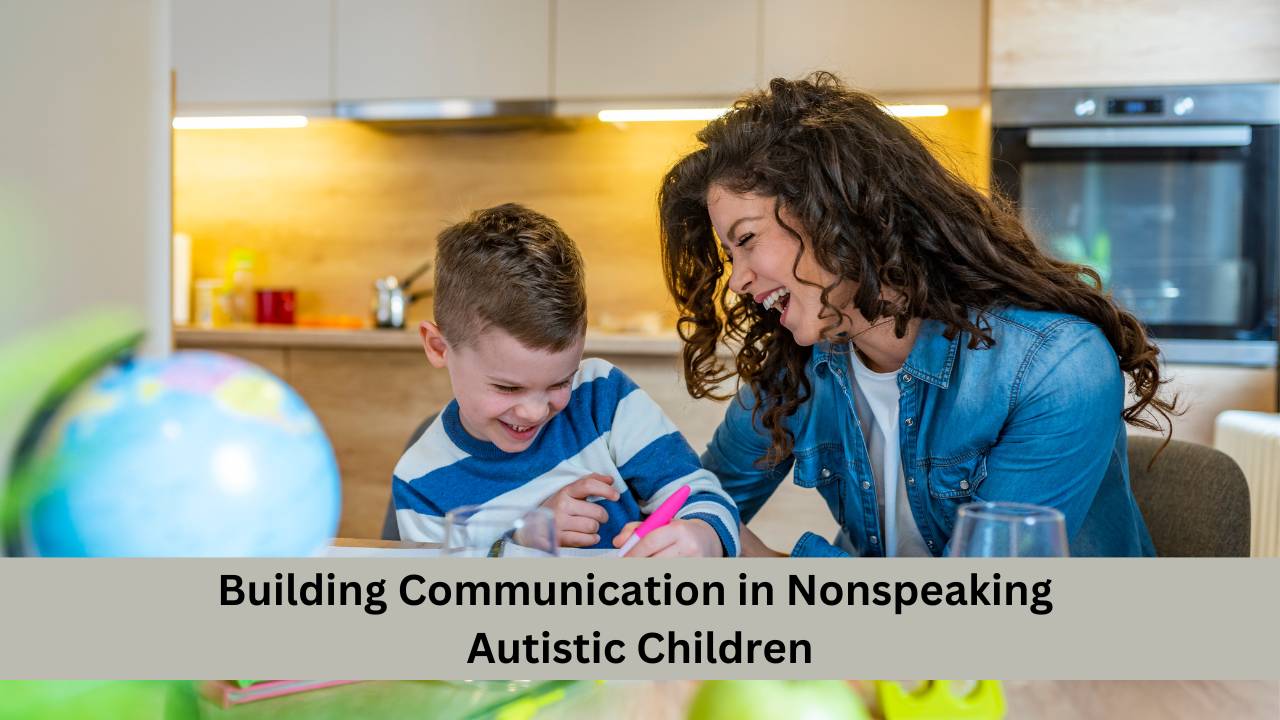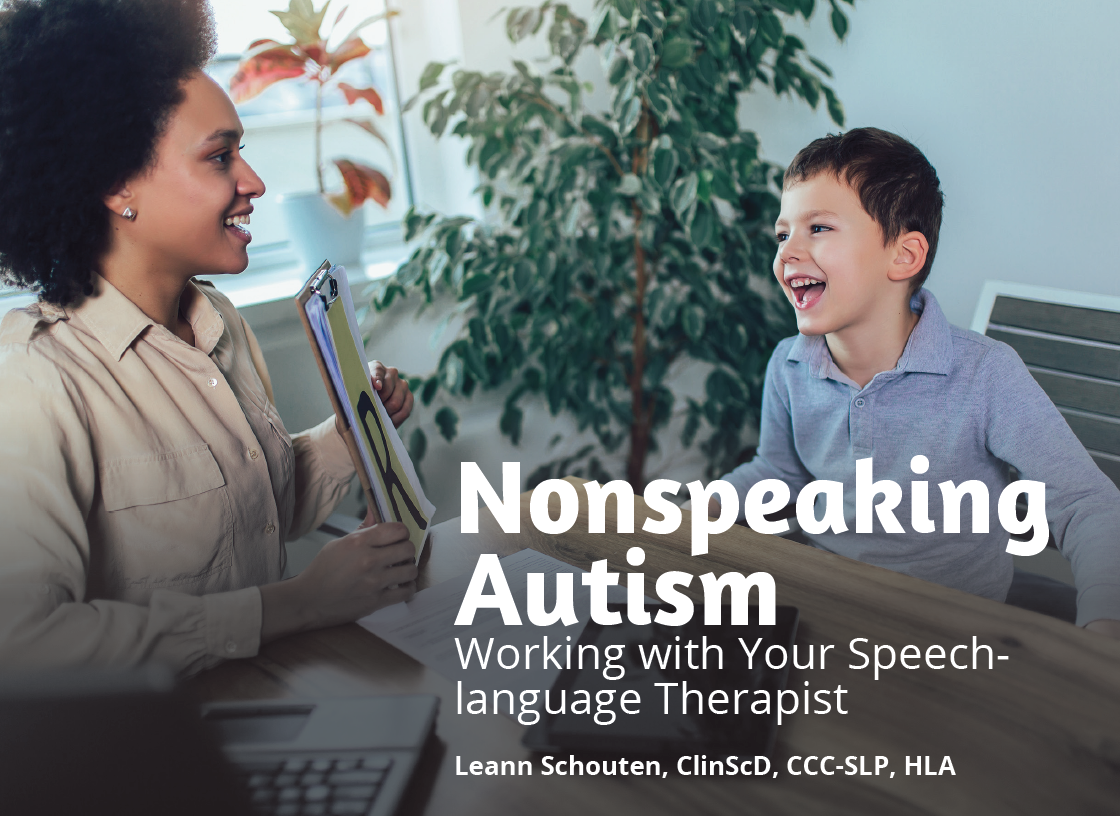Building Communication in Nonspeaking Autistic Children
Sep 04, 2023
The latest research shows that up to 40% of autistic individuals are non-speaking or minimally speaking. "Non-Speaking Autism" is a term that refers to autistic individuals who either can't or choose not to use words to communicate. To be clear, nonspeaking autism does not mean that an individual does not or cannot communicate, or that this person does not understand language.
The question that many parents have is, how can we be the best support for our nonspeaking autistic children?
Alternative Communication: Explore tools like AAC, sign language, or picture exchange for effective expression. A speech-language pathologist (SLP) can help you and your child decide which alternative communication tools are right for you.
Communication-Friendly Environment: Create engaging settings, listen actively, and incorporate your child's interests into activities.
Visual Supports: Utilize visual aids like schedules, social stories, and visual cues to enhance understanding, reduce anxiety, and facilitate effective communication.
It is important to seek help for your child's communication needs as each child is different. Helping them learn to communicate (not necessarily by speaking) will allow for self-expression, it will foster independence, reduce frustration and anxiety and facilitate social growth and friendships.
Leann Schouten, CLinScD, CCC-SLP, HLA, is a speech-language pathologist and the co-owner of Jump and Schout Therapy. She suggests parents need to help their non-speaking autistic children to build communication skills, seek play-based therapies, focus on speech sound production and implement augmentative and alternative communication (AAC).

Let's help our children strengthen connections and open up new pathways of communication.
Access Dr. Schouten's article in our article directory by clicking here.
Stay connected with news and updates!
Join our mailing list to receive the latest news and updates from our team.

